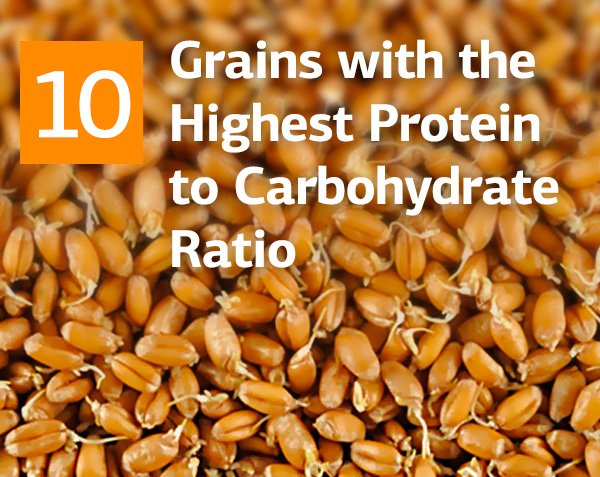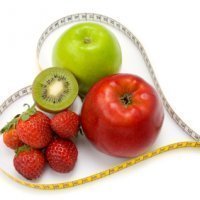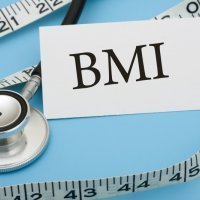Top 10 Grains and Legumes with the Highest Protein to Carbohydrate Ratio
Traditionally, lean meat and fish are considered to be the products with the highest protein to carbs ratio. Nevertheless, plant products keep up! Regular consumption of grains and legumes will help you to round up your protein intake and avoid unnecessary carbs in order to sustain normal weight. All you need to do is to choose the grains and legumes with the best protein-carb ratio from the top list of them below.
Let's discuss the grains first. Apart from being a good source of natural protein, grains (especially whole ones) are very good for digestion. Moreover, they contain a lot of essential vitamins and minerals, which, in case of regular consumption, bring many benefits – healthy heart and blood vessels, shining skin, strong nails and good mood! Grains are loaded with carbohydrates, which makes them a perfect choice for breakfast – time when you need energy to keep you going through the day. But if for some reason you opt for low-carb foods, check the list below.
1. Wheat germs
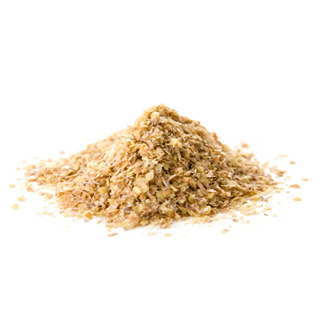
| Cereals Ready-to-eat, Wheat Germ, Toasted, Plain | |
| 100 g | 1 cup (113 g) |
| Protein: 29.1 g (58% DV) |
Protein: 32.88 g (66% DV) |
Wheat germs (1g of protein to 2.5g of carbs) are packed with plant fiber and essential minerals. They are easy to eat – just add them to your meal or use as a snack. If you have trouble with the taste of wheat germ, use it in the ground form. Powdered germs pass unnoticed in any dish – salad, smoothie or even dessert!
2. Oat bran

| Oat Bran | |
| 100 g | 1 cup (94 g) |
| Protein: 17.3 g (35% DV) |
Protein: 16.26 g (33% DV) |
Oat bran (1:3) has the same advantages as the previous product, plus it helps to decrease cholesterol level and maintain healthy blood sugar. This product is very easy to use and it could be added to almost every dish and even eaten by itself (as morning cereal, for example).
3. Rice bran
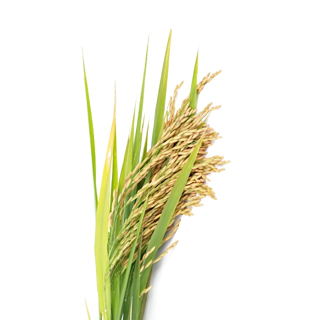
| Rice Bran, Crude | |
| 100 g | 1 cup (118 g) |
| Protein: 13.35 g (27% DV) |
Protein: 15.75 g (32% DV) |
Rice bran (1:4) packs almost all the minerals and vitamins, required by human body on the daily basis. It’s also a versatile product and a perfect source of fiber. Its taste is very delicate and subtle, so you may add it in almost every dish or mix up with your drinks.
4. Wheat bran
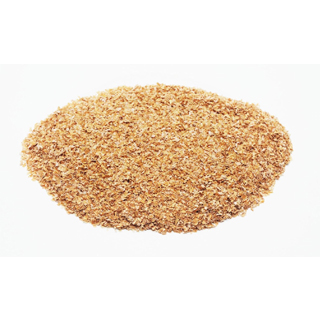
| Wheat Bran, Crude | |
| 100 g | 1 cup (58 g) |
| Protein: 15.55 g (31% DV) |
Protein: 9.02 g (18% DV) |
Wheat bran (1:4) is a part of whole wheat flour, which may be used as a separate product. It is a perfect remedy against increased cholesterol level and a good preventive measure against colon cancer. Usually it is used in baking.
5. Japanese Soba noodles
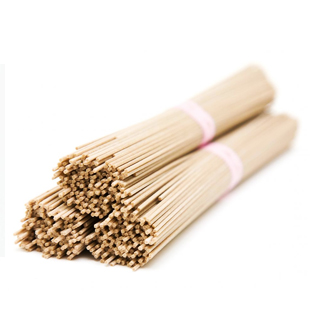
| Noodles, Japanese, Soba, Dry | |
| 100 g | 2 oz (57 g) |
| Protein: 14.38 g (29% DV) |
Protein: 8.2 g (16% DV) |
Japanese Soba noodles (1:6) resemble thin spaghetti, but their protein to carbs ratio is much better, which makes them a superb choice for people who want to lose or maintain weight. They can be eaten cold or hot, with many different additives, so they won’t make you bored.
6. Hard red spring wheat
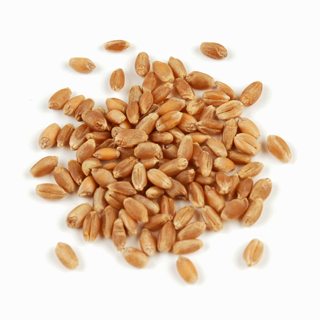
| Wheat, Hard Red Spring | |
| 100 g | 1 cup (192 g) |
| Protein: 15.4 g (31% DV) |
Protein: 29.57 g (59% DV) |
Hard red spring wheat (1:4.5) is a powerhouse of vitamins and minerals, which can be added to bakery or soaked and added to salads and desserts.
7. Amaranth

| Amaranth, Uncooked | |
| 100 g | 1 cup (193 g) |
| Protein: 13.56 g (27% DV) |
Protein: 26.17 g (52% DV) |
Amaranth (1:4.5) is a stockpot of calcium and many other minerals. This product is very beneficial for cardiovascular system – it helps to reduce excessive blood pressure and eliminates the risk of heart diseases.
8. Quinoa

| Quinoa, Uncooked | |
| 100 g | 1 cup (170 g) |
| Protein: 14.12 g (28% DV) |
Protein: 24 g (48% DV) |
Quinoa (1:4.5) is extremely high in vitamins of group B. It is generally used as a healthier replacement for white rice, but it can be also mixed with other cereals or added into salads.
9. Kamut
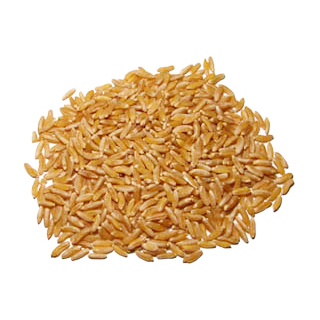
| Kamut, Uncooked | |
| 100 g | 1 cup (186 g) |
| Protein: 14.7 g (29% DV) |
Protein: 27.34 g (55% DV) |
Kamut (1:5) is another way to replace rice, in this case brown. It doesn’t lose its healthy qualities after boiling or other kinds of thermal conditioning and can be eaten by itself or together with other meals.
Now let’s talk about legumes. They are one of the nature’s super foods, being a terrific protein source, rich with many vitamins and minerals, such as folate, magnesium, iron, potassium and many others. Although legumes usually have a high level of carbs, there are some of them, which have a high proteins to carbs ratio:
1. Firm Tofu
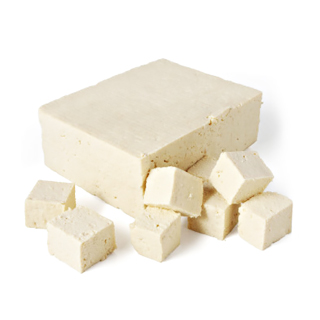 Types of Firm Tofu Rich in Protein (100g):
Types of Firm Tofu Rich in Protein (100g):
| Tofu, Firm, Prepared With Calcium Sulfate | |
| 100 g | 1 cup (126 g) |
| Protein: 15.78 g (32% DV) |
Protein: 19.88 g (40% DV) |
Firm Tofu (1g of protein to 0.3 g of carbs). Tofu is gluten-free and has a low calorific value and, apart from protein, contains a big quantity of iron and calcium; it also contains small amounts of vitamin K, thiamin, niacin, vitamin B-6, phosphorus and selenium. Tofu has almost no taste itself, so it is usually cooked with other products in order to make it more appetizing. Vegetarians use tofu as a replacement to cheese, because their nutritional values are very similar, at least in terms of protein.
2. Boiled Soybeans
.jpg)
| Soybeans, Mature Cooked, Boiled, Without Salt | |
| 100 g | 1 cup (172 g) |
| Protein: 16.64 g (33% DV) |
Protein: 28.62 g (57% DV) |
Boiled soybeans (1:0.6). Due to the high level of protein, soybeans have received a name "meat without bones". Although soy protein digests a little slower than animal protein and is lower in amino acids, it still has a high nutritional rating. Moreover, soy beans are naturally rich in peptides, which provide us with numerous health benefits, such as maintenance of blood pressure and improvement of immune system.
3. Boiled Lupini Beans
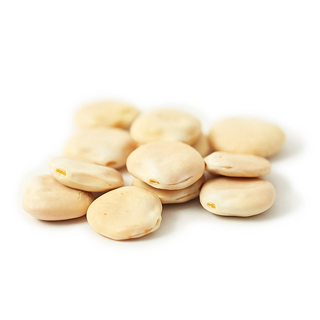
| Lupins, Mature Seeds, Cooked, Boiled, With Salt | |
| 100 g | 1 cup (166 g) |
| Protein: 15.57 g (31% DV) |
Protein: 25.85 g (52% DV) |
Boiled lupini beans (1:0.6) have a unique nutritional profile, which makes them useful for everybody. They contain a lot of fiber, minerals and vitamins, as well as little amounts of starch and oil. Low fat and carbohydrate levels make them a good choice for any weight-loss diet. Lupini beans also act as a probiotic and, with regular consumption, enhance bowel health.
4. Roasted Peanuts
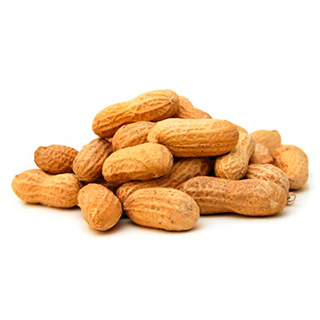
| Peanuts, All Types, Oil-roasted, With Salt | |
| 100 g | 1 cup, chopped (144 g) |
| Protein: 28.03 g (56% DV) |
Protein: 40.36 g (81% DV) |
Roasted peanuts (1:0.7). Dry-roasted peanuts are a healthier choice than fried ones. They help to lower blood cholesterol level, keep your arteries in shape and limit your risks for cardiac diseases. Apart from being a major source of minerals, they are packed with vitamin E, which is responsible for the functioning of reproductive system. If consumed in moderation, roasted peanuts won’t make you gain weight, quite the contrary – the nutrients they contain help to lose extra pounds.
5. Dry Roasted Soybeans
.jpg)
| Soybeans, Mature Seeds, Dry Roasted | |
| 100 g | 1 cup (93 g) |
| Protein: 39.58 g (79% DV) |
Protein: 36.81 g (74% DV) |
Dry roasted soybeans (1:0.8) have all the benefits of boiled soybeans, but they have a bit lower rate of protein to carbohydrates.
6. Natto
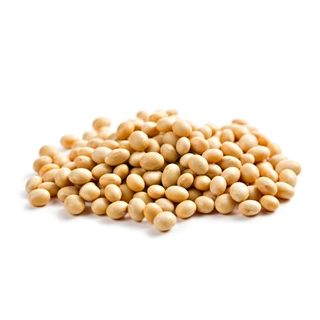
| Natto | |
| 100 g | 1 cup (175 g) |
| Protein: 17.72 g (35% DV) |
Protein: 31.01 g (62% DV) |
Natto (1:0.8) – a traditional Japanese breakfast dish of fermented soybeans, which is a great source of protein with low level of calories and carbs. Natto is extremely rich in both K1 and K2 vitamings, which increase the health of your skin, bones and heart. It even can reduce bone loss!
7. Boiled Winged Beans
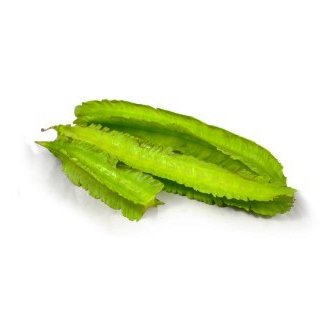
| Winged Beans, Mature Seeds, Cooked, Boiled, With Salt | |
| 100 g | 1 cup (172 g) |
| Protein: 10.62 g (21% DV) |
Protein: 18.27 g (37% DV) |
Boiled winged beans (1:1.4) – a one-of-a-kind protein source, low in calories and full of vitamin C (a powerful antioxidant), vitamin A (helps to prevent DNA damage), vitamins B (which give you energy) and a full spectrum of protein. They are a perfect product for people in rehabilitation after diseases.
8. Boiled Lentils
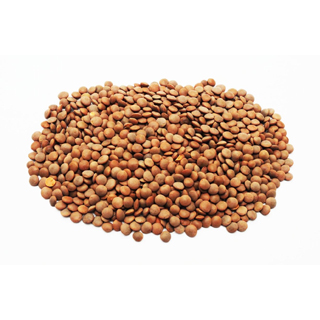
| Lentils, Mature Seeds, Cooked, Boiled, With Salt | |
| 100 g | 1 cup (198 g) |
| Protein: 9.02 g (18% DV) |
Protein: 17.86 g (36% DV) |
Boiled lentils (1:2.2). Lentils contain a whole bunch of essential nutrients and unique substances – isoflavones, which suppress breast cancer. Lentils have all the benefits of legumes (high level of fiber and protein) plus the ability to decrease sugar in blood, which makes them a perfect choice for diabetics. Lentils are cheap and easy to buy, so they may be considered a perfect meat replacement for vegetarians.
9. Miso
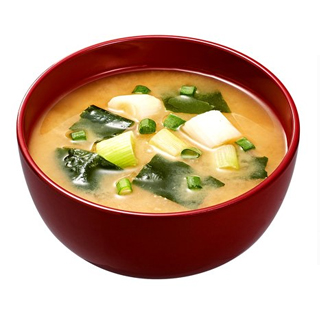
| Miso | |
| 100 g | 1 cup (275 g) |
| Protein: 11.69 g (23% DV) |
Protein: 32.15 g (64% DV) |
Miso (1:2.3) is another traditional Japanese dish, product of soya or rice fermentation in form of thick paste, a type of condiment. Even nowadays Japanese people eat miso every day. The unique nutritional profile of this legume dish was the reason why it was used in treatment of radiation diseases after the major atomic disasters in Japan.
10. Boiled white beans
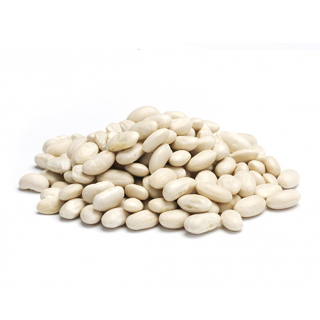
| Beans, White, Mature Seeds, Cooked, Boiled, With Salt | |
| 100 g | 1 cup (179 g) |
| Protein: 9.73 g (19% DV) |
Protein: 17.42 g (35% DV) |
Boiled white beans (1:2.5) have their own peculiarity, which makes them stand out among the other legumes. They are very rich in molybdenum, which enhances the natural body ability to detoxify itself. Due to the big level of slow-digesting carbs and fiber, white beans are considered a low-GI food, which makes them a perfect choice for a weight-loss diet.
